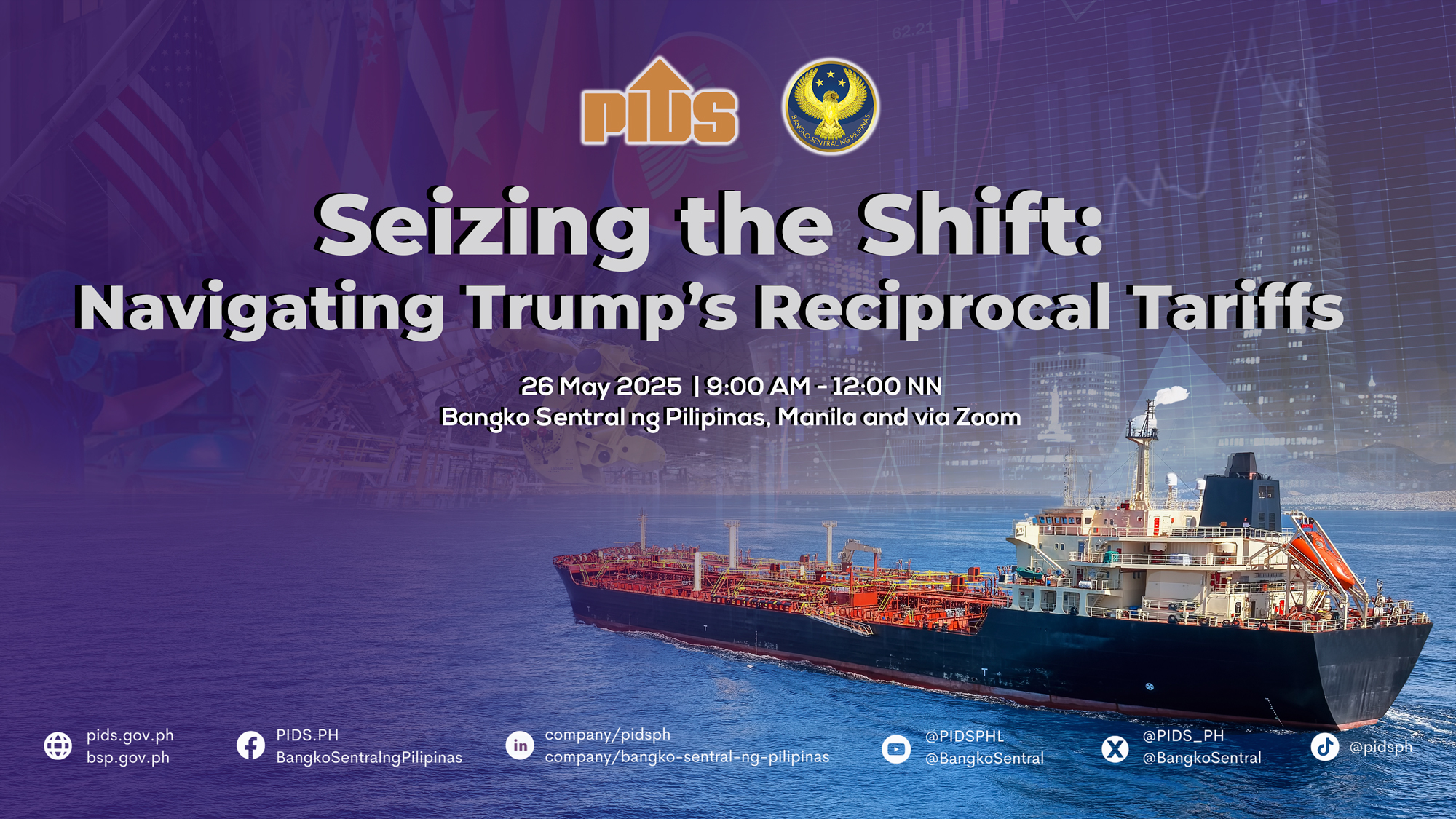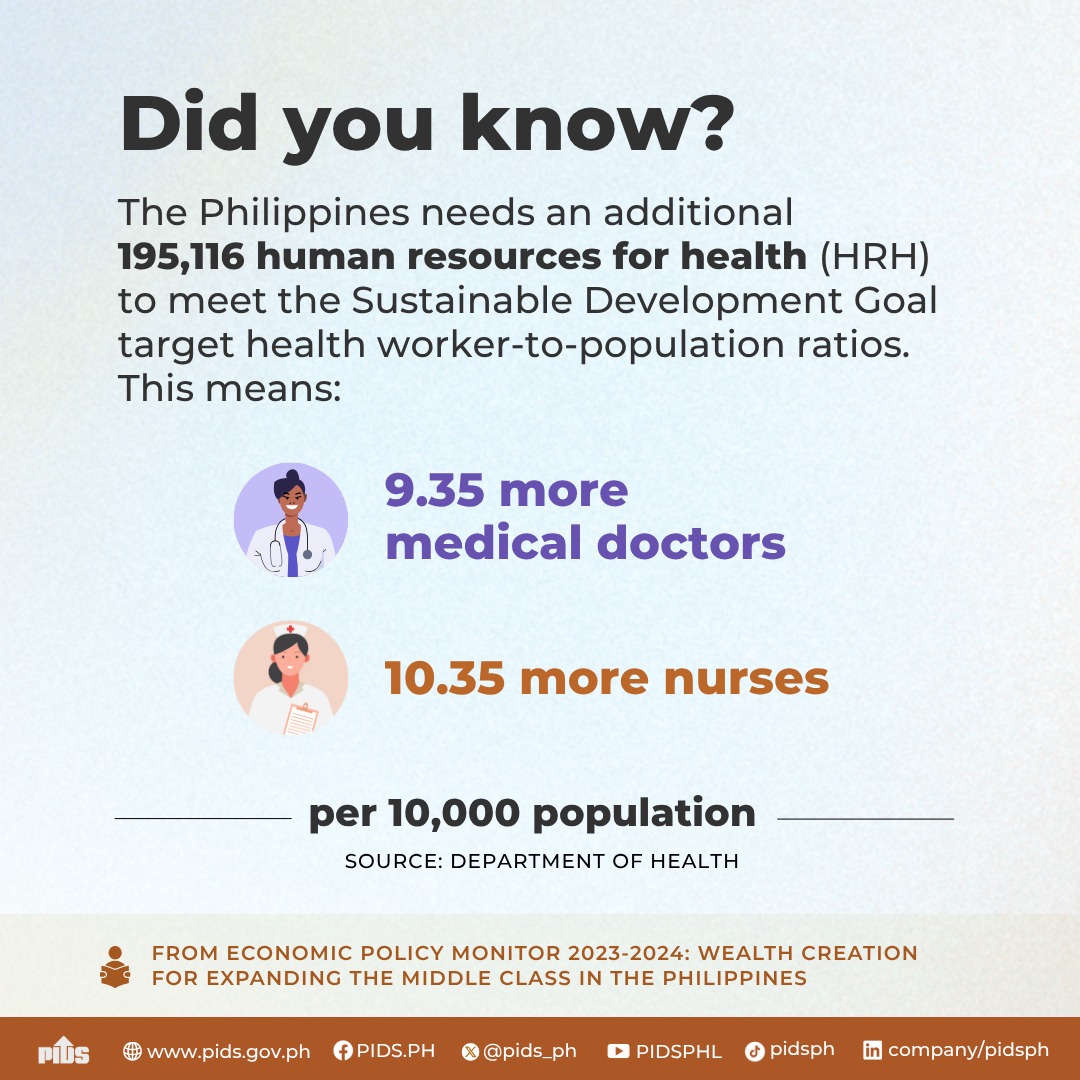Palace sees minimal impact on Philippine products
MANILA, Philippines — US President Donald Trump has unveiled a raft of punishing tariffs targeting countries including the Philippines and some of its closest trading partners, in a move that risks sparking a ruinous trade war.
Speaking at the White House Rose Garden against a backdrop of US flags on Wednesday, Trump slapped the most stinging tariffs on China and the European Union on what he called “Liberation Day.”
The dollar fell one percent against the euro and slipped against other major currencies as Trump was speaking.
“For decades, our country has been looted, pillaged, raped and plundered by nations near and far, both friend and foe alike,” Trump said.
He reserved some of the heaviest blows for what he called the “nations that treat us badly,” including 34 percent on goods from superpower rival China, 20 percent on key ally the European Union and 24 percent on Japan.
But the 78-year-old Republican – who held up a chart with a list of levies – said that he was “very kind” and so was only imposing half the amount that those countries taxed US exports. For the rest, Trump said he would impose a “baseline” tariff of 10 percent, including Britain.
In Manila, Presidential Communications Undersecretary Claire Castro described as “very minimal” the potential impact of Trump’s tariffs scheme on Philippine
products.
“We believe in the good relationship of the US-Philippines alliance so the imposition of the 17 percent was probably a result of a study of the US government so we are accepting it and whatever will be its impact, we have to respond to it appropriately,” Castro said.
“But as of the moment, the DTI (Department of Trade and Industry) said its impact on us would be very minimal,” she added.
An audience of cabinet members, as well as workers in hard hats from industries including steel, oil and gas, whooped and cheered as Trump said the tariffs would “make America wealthy again.”
“This is Liberation Day,” Trump said, adding that it would “forever be remembered as the day American industry was reborn, the day America’s destiny was reclaimed.” Sweeping auto tariffs of 25 percent that Trump announced last week were also due to take effect at 12:01 a.m. Thursday.
Trump has telegraphed the move for weeks, insisting tariffs will keep the US from being “ripped off” by other countries and spur a new “Golden Age” of American industry. But many experts warn the tariffs risk triggering a recession at home as costs are passed on to US consumers, and a damaging trade war abroad.
Trading partners of the US have vowed swift retribution, while also trying to persuade Trump to reach deals to avoid tariffs in the first place.
Germany warned Wednesday that trade wars hurt “both sides.” The European Union will react to new Trump tariffs “before the end of April,” said a French government spokeswoman. The 27-nation bloc’s initial salvo would counter US actions on steel and aluminum, followed by sector-by-sector measures. British Prime Minister Keir Starmer said a “trade war is in nobody’s interests.”
“We have prepared for all eventualities – and we will rule nothing out,” he told parliament.
Trump has had a long love affair with tariffs, insisting in the face of experts that they are a cure-all for America’s trade imbalances and economic ills. The billionaire insists the levies will bring a “rebirth” of America’s hollowed-out manufacturing capacity, and says companies can avoid tariffs by moving to the United States.
Recession risk
But critics say US businesses and consumers could bear the burden if importers pass on the cost, adding that the policy could increase risks of a recession. “If this trade war continues through Labor Day (on Sept. 1), the US economy will likely suffer a recession this year,” Mark Zandi, chief economist of Moody’s Analytics, said.
Negotiations are likely to continue though as countries seek to halt the tariffs. Trump has previously been persuaded however to halt tariffs on neighbors Canada and Mexico while trade talks continued. He ordered levies on both on the grounds that they had failed to stop the flow of the deadly opioid fentanyl into the United States.
China said it firmly opposes sweeping new US tariffs on its exports, vowing “countermeasures” to protect its rights and interests.
The commerce ministry in Beijing said in a statement that those tariffs “do not comply with international trade rules and seriously harm the legitimate rights and interests of the relevant parties.”
“I understand that it’s a game of tug-of-war,” truck driver Alejandro Espinoza told AFP as he waited in a queue to cross the Mexican-US border. “But unfortunately, we’re the ones who pay in the end.”
A table posted by Trump on his Truth Social account showed that the tariff rate to be slapped on the Philippines is lower than on most of its Southeast Asian neighbors. The tariff rates are 49 percent for Cambodia, 46 percent for Vietnam, 36 percent for Thailand, 32 percent for Indonesia and 24 percent for Malaysia. Singapore’s exports will be subject to the baseline figure of 10 percent.
In a statement, Trade Secretary Cristina Roque said the direct impact on the Philippines may be less substantial compared to other Southeast Asian countries with higher tariffs.
She also sees the reciprocal tariffs as an opportunity to engage with the US more closely.
“In this regard, the Philippines aims to actively engage the US in a discussion to facilitate enhanced market access for its key export interests, such as automobiles, dairy products, frozen meat and soybeans, within the framework of a bilateral free trade agreement (FTA). This will allow both sides to pursue mutually beneficial trade,” Roque said.
Moody’s Analytics economist Sarah Tan offered a darker scenario.
“It was disappointing that the Philippines was not included in the list of countries that were served a baseline 10 percent tariff increase, given that it has a relatively low trade surplus with the US and has been an ally of the US for some time. The higher tariffs make goods to the US more costly and less competitive, which will reduce the demand for Philippine exports,” she said. In an interview with “Storycon” on One News, economist Ronilo Balbeiran said the agricultural sector would be severely affected by Trump’s “Liberation Day” policy on tariff.
“What is needed here is negotiate and renegotiate our trade in terms of our agricultural products and perhaps we can really push in really connecting basic agricultural products into high value products,” Balbeiran said.
More benefits than losses
For Agriculture Secretary Francisco Tiu Laurel Jr., the Philippines farm sector stands to benefit more than lose in the reciprocal tariff regime that the US will implement in the coming days. But the “benefits” do not come without a price.
He told The STAR that the Department of Agriculture will conduct a thorough study on possible effects on the agriculture sector of the forthcoming 17 percent “reciprocal” tariffs by the US on all Philippines goods.
“But I guess we are okay since [US tariffs on] Vietnam, Thailand, Indonesia and Malaysia are higher [than us],” Tiu Laurel said.
The bright spot for the Philippines, he pointed out, is in exporting agricultural products that go “head-to-head” with fellow producers like Indonesia and Thailand since they would face even higher US tariffs. “In the whole scheme of things, we can be competitive,” Tiu Laurel said.
Some economist and industry players said US importers may shift to the Philippines to source agricultural goods as other countries may have to sell at higher costs due to higher US tariffs.
This, they said, will allow the Philippines to grab bigger market share in the US.
In another scenario, the Philippines can easily divert its agricultural exports to other markets should US importers avoid them.
“This is a good wakeup call that the US is not the only market. We can do other things and we have to diversify our products,” said Danilo Fausto, president of the Philippine Chamber of Agriculture and Food Inc.
“We just have to bite the bullet in the short term but I think we will in the long term,” Fausto added.
Roehlano Briones, senior research fellow at the Philippine Institute for Development Studies, pointed out that the impact of the higher tariffs would still be felt by growers and exporters since a fifth of the country’s agricultural exports go to the US market.
Nonetheless, the higher costs may be mitigated by the possible increase in demand for Philippine farm products as US importers seek more affordable sources, Briones said.
“All the more that we should see how to negotiate in bringing the US tariffs on Philippine products by offering lower tariffs so that we can grab [more market share],” Briones added.
But Fermin Adriano, an economist and former agriculture undersecretary, said the diversion of agricultural exports to other markets would not be easy since it may take some time before proper adjustments in logistics are made and new supply contracts are forged.
Adriano pointed out that demand from other markets abroad may also be impacted by consequences of the new tariff regime, including the possibility of a global recession.
The former agriculture official also warned that the US may “exact blood” from the country’s agriculture sector since US farms would be target of retaliatory moves by bigger nations like China, Mexico and Canada and those in Europe.
“There will be an aggressive push by USDA for the Philippines to import more corn, wheat, soya bean, poultry, pork and beef and potentially alcoholic beverages,” Adriano said.
The Philippines slaps an average tariff of 8.9 percent on US agricultural products, while the US levies an average of 6.5 percent tariff on the country’s farm goods, based on World Trade Organization data. – Jasper Emmanuel Arcalas, Louella Desiderio, Bella Cariaso, AFP












